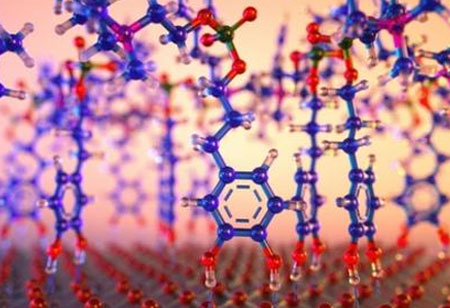THANK YOU FOR SUBSCRIBING
The New Nontoxic Coating will make Natural Fabrics Water Repellent
A team of scientists from the Massachusetts Institute of Technology (MIT) developed an innovative solution to offer a non-toxic alternative to environmentally harmful chemicals used for water-resistant manufacturing fabric

By
Apac CIOOutlook | Thursday, January 01, 1970
Stay ahead of the industry with exclusive feature stories on the top companies, expert insights and the latest news delivered straight to your inbox. Subscribe today.
From rainwear to military tents, fabrics that resist water are essential. Though water-resistant fabrics are available in plenty, conventional water-repellent coatings have been shown to persist in the environment. However, these toxic chemicals accumulate in both human and animal bodies and are likely to be phased out for safety reasons.
Recently, a team of scientists from the Massachusetts Institute of Technology (MIT) developed an innovative solution to offer a non-toxic alternative to environmentally harmful chemicals used for water-resistant manufacturing fabrics. Apart from adding water-repellency to natural fabrics including the widely used silk and cotton, the new coating techniques have also proven as more effective than the existing methods.
Long polymers with perfluorinated side-chains that were previously used for conventional coatings are currently used to make water-repellent fabrics. However, the shorter-chain polymers have proven to have comparatively less water-repelling (or hydrophobic) effect than that of the longer-chain versions.
Another issue with the conventional coatings is their liquid-based characteristics, which means the fabric has to be dipped in the chemical and then dried out which will completely clog all the pores in the fabric. This makes the fabrics no longer able to breathe as they otherwise would. And so air is blown through the fabric to reopen those pores, adding to the manufacturing time and costs.
Researches state that polymers with fewer than eight perfluorinated carbon groups do not persist as compared to the ones with eight or more. To resolve this issue, the MIT team developed a shorter-chain polymer that has some hydrophobic properties. They enhanced the compound by adding extra chemical processing as well as an entirely different coating process called initiated chemical vapor deposition (iCVD).
By adopting the iCVD, fabric coating process can be done at low temperature. The repellent works perfectly on a variety of surfaces and can be applied by spraying or spin-coating. The chemical’s hydrocarbon-based composition makes it an economical and green alternative.
The technology does not involve any liquids as well. It produces an even thin, uniform coating that follows the contours of the fibers. Moreover, the advanced technology does not lead to any clogging of the pores, eliminating the need for the second processing stage which is used in traditional coating process to reopen the pores. An additional sandblasting type of technique of the surface can also be included in the process to increase the water repellency even more
See Also:
Top Manufacturing Coating Solution Companies
Top Manufacturing Coating Consulting Companies





